This mature great horned owl was found as pictured below, hung in barbed wire; the finder cut the fence, leaving the barb in place, as it was too deeply embedded to pry loose.
I provided heat and a feather duster surrogate mama for them, and after eating a bit they flocked to it and settled down for the night. I figured half to two-thirds wouldn’t survive the night, based on previous experiences with large groups of wood ducklings.
The next day callers reported finding an unnested Eastern phoebe. They knew where the nest was but could not reach it and also thought the nestling might be injured. Upon LWR’s intake of the little darling, their suspicions were confirmed; the poor baby had a massive bruise on its belly, which was marble-hard. Not good…
The pine warbler is flying like a champ.
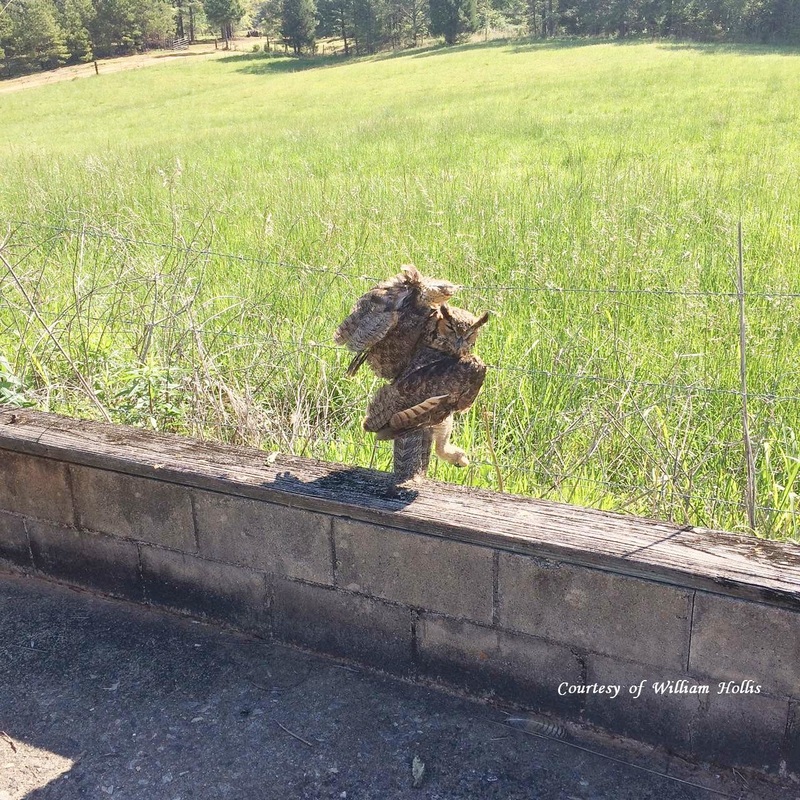
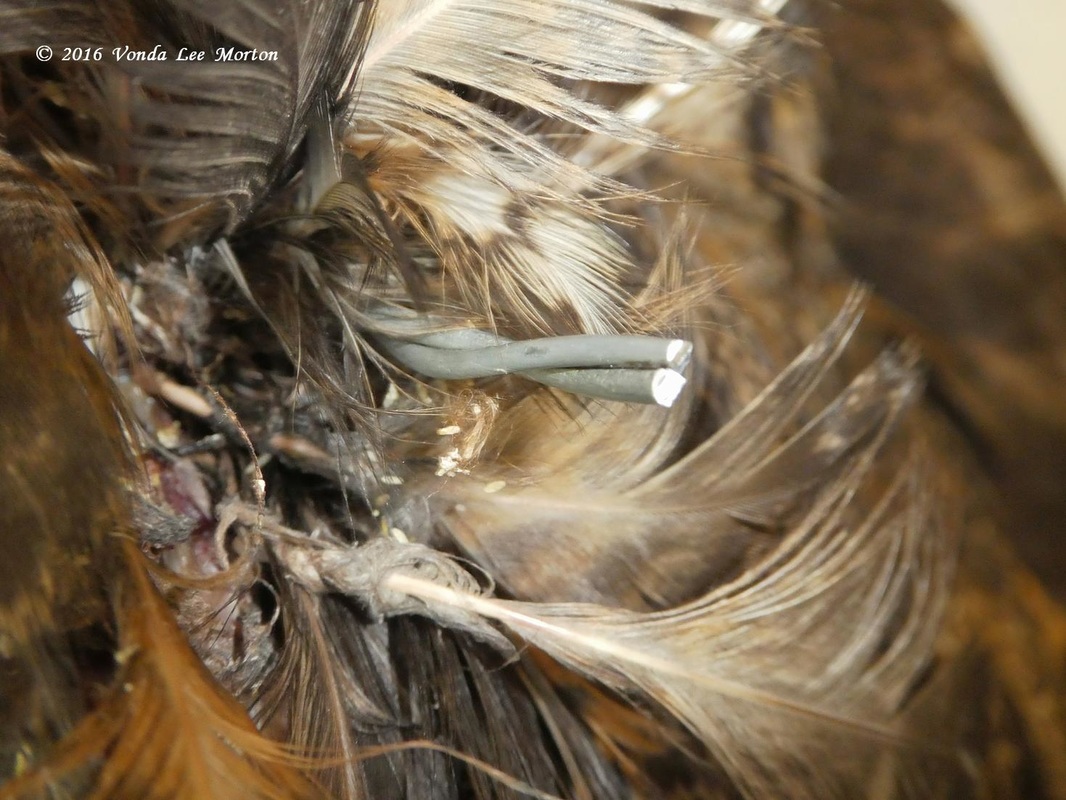
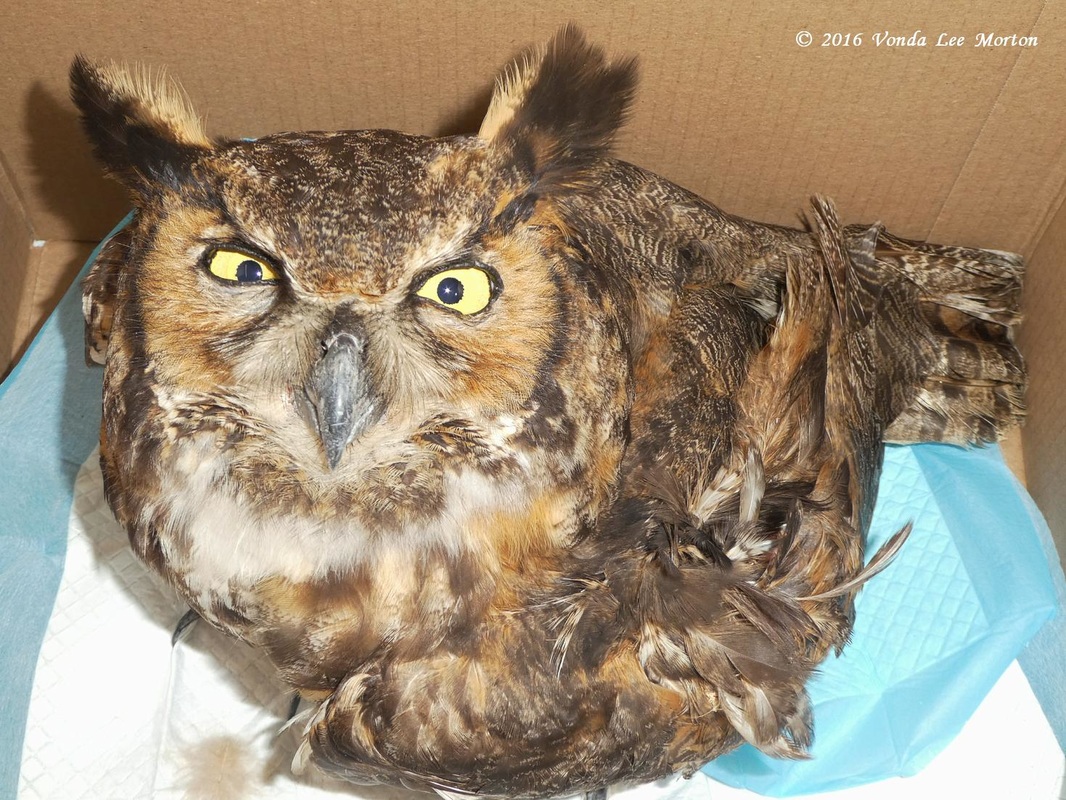
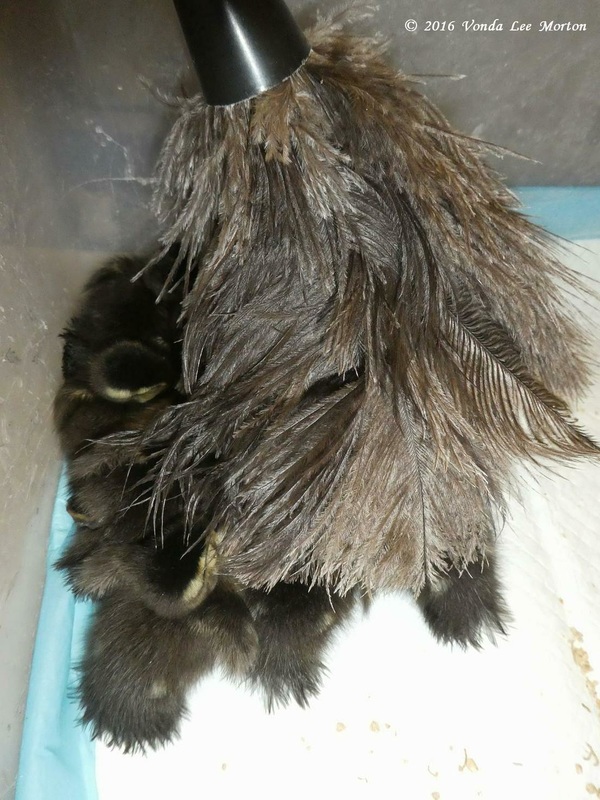
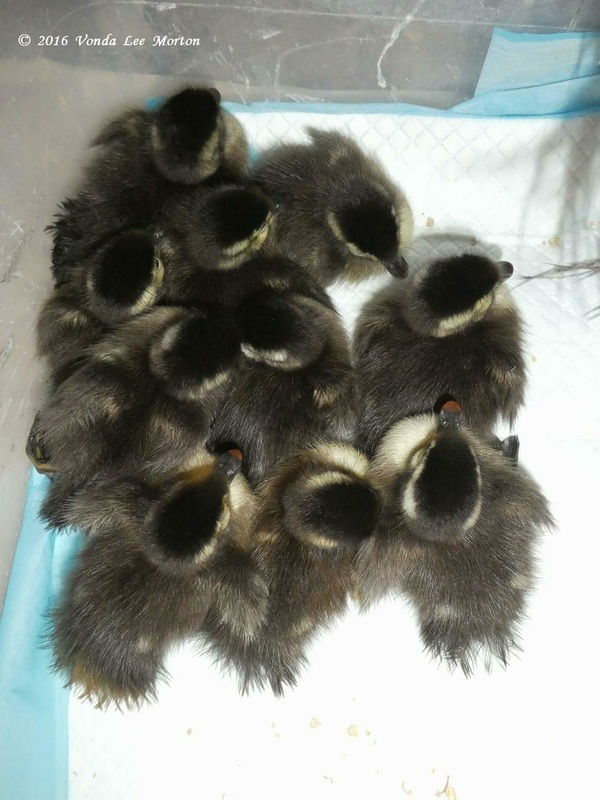
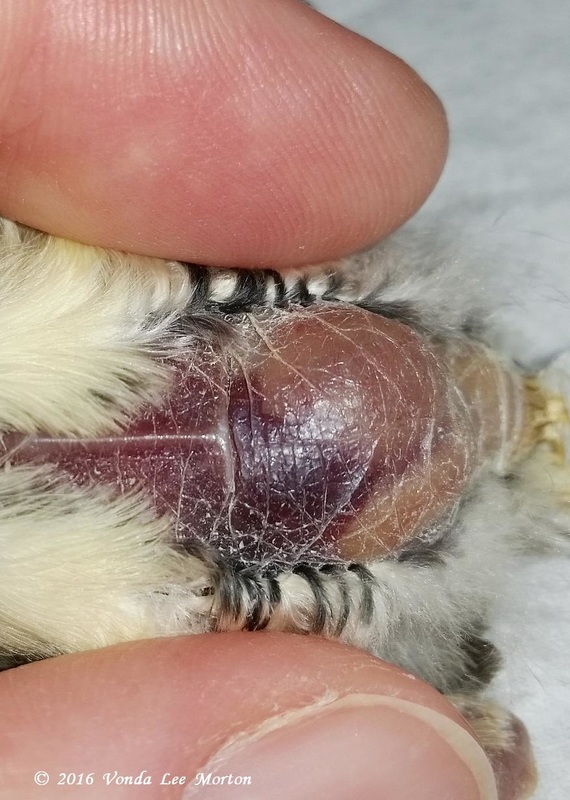

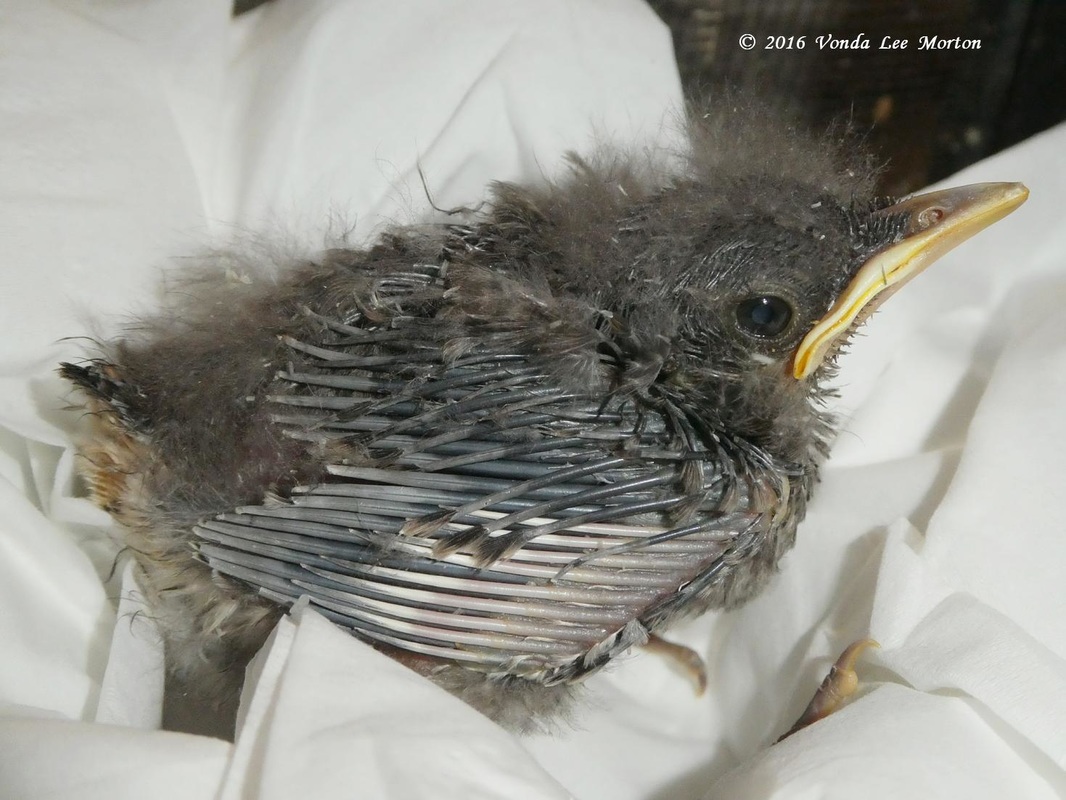
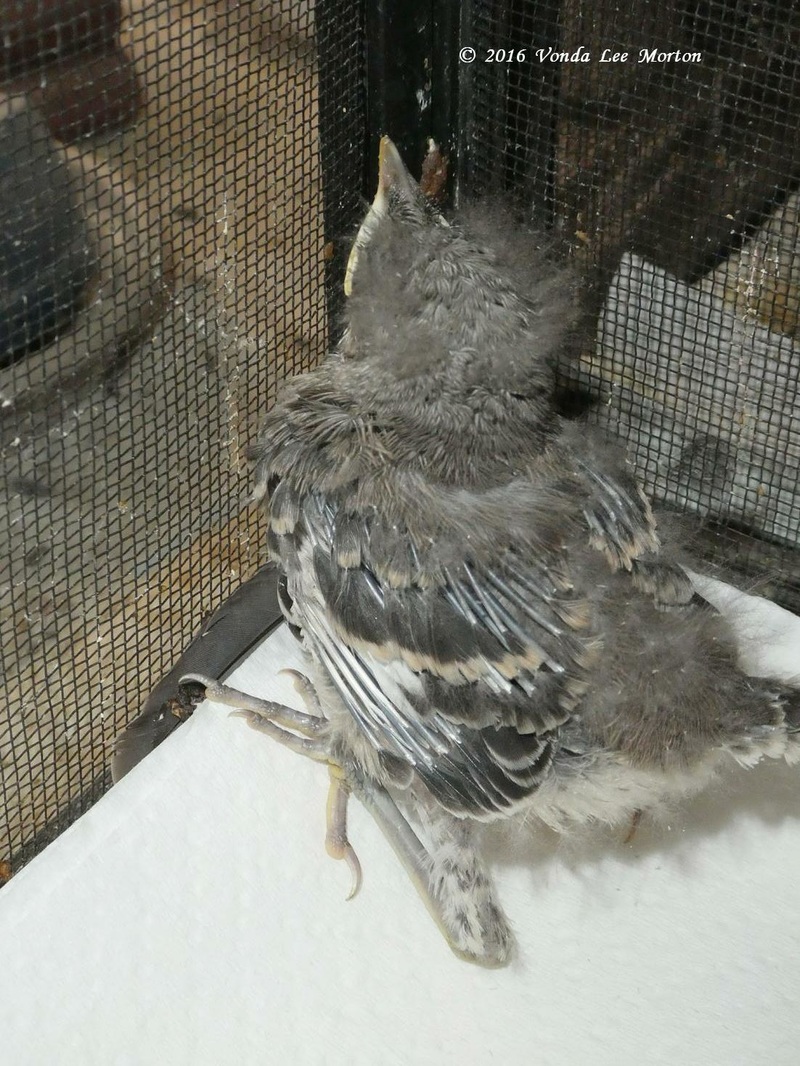
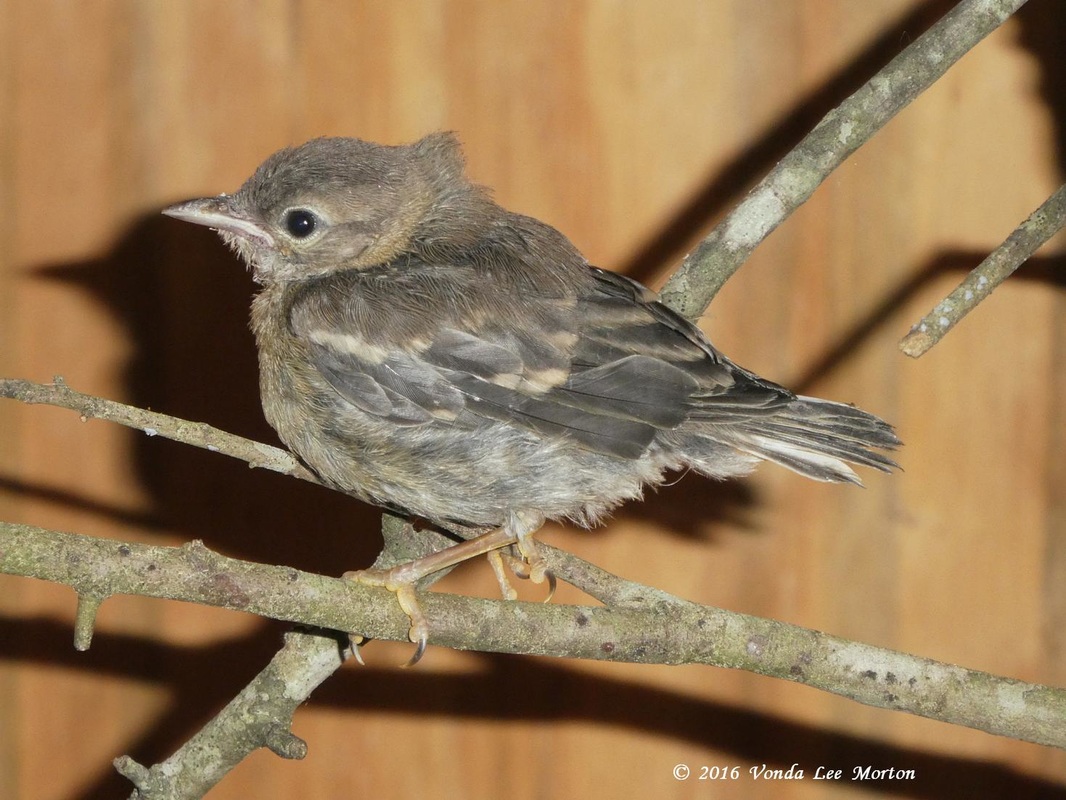


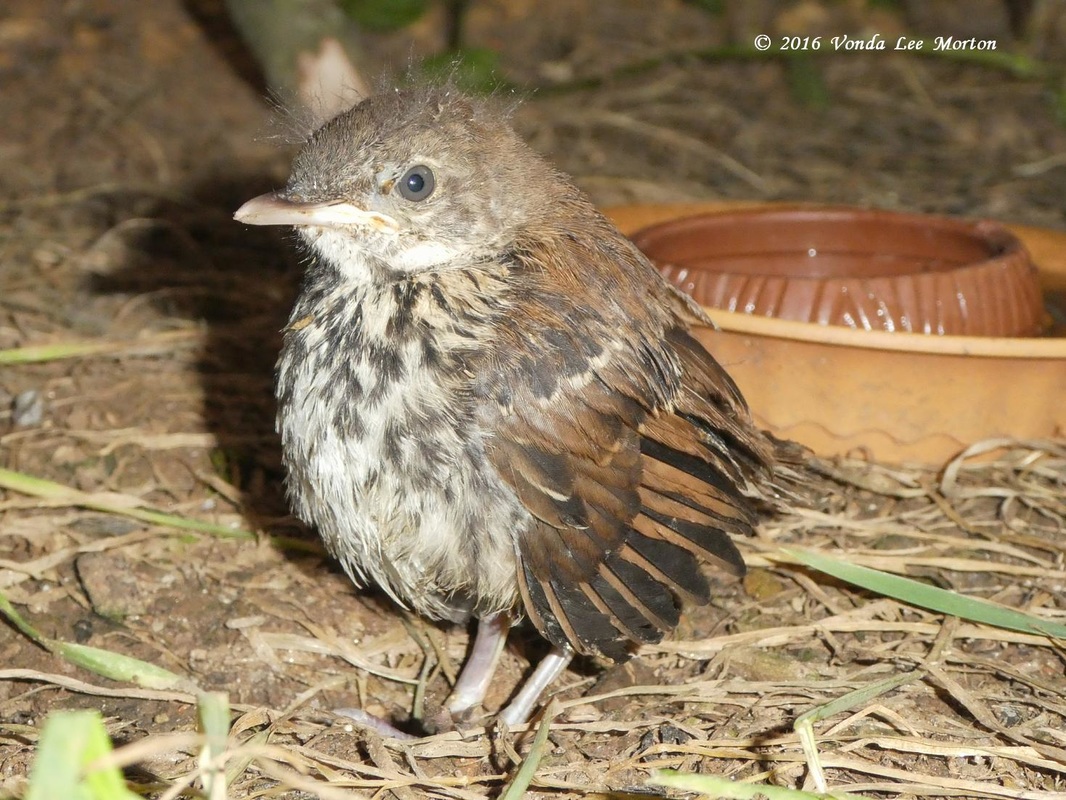
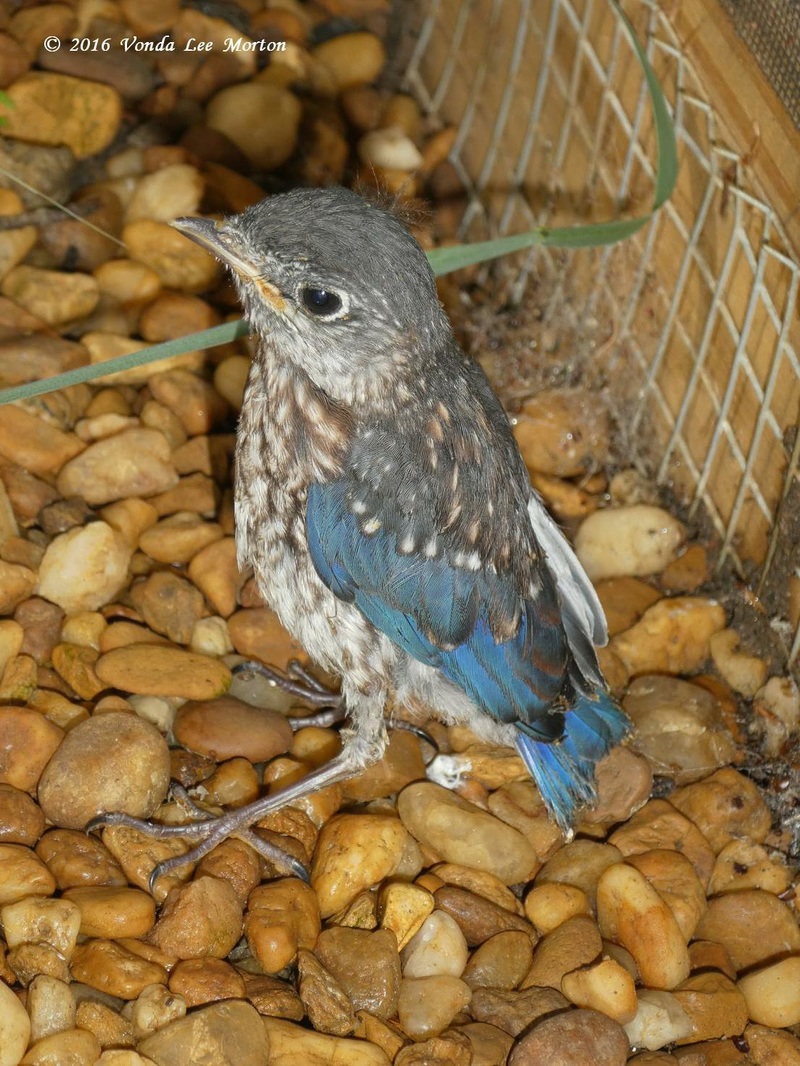
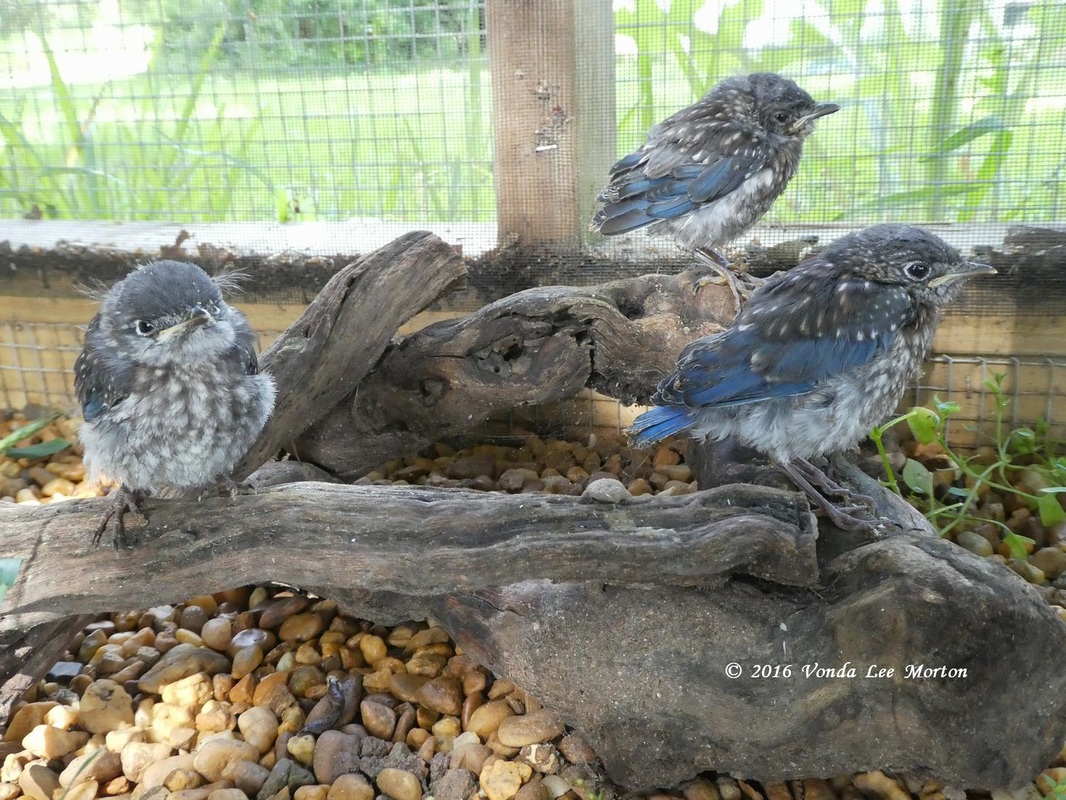
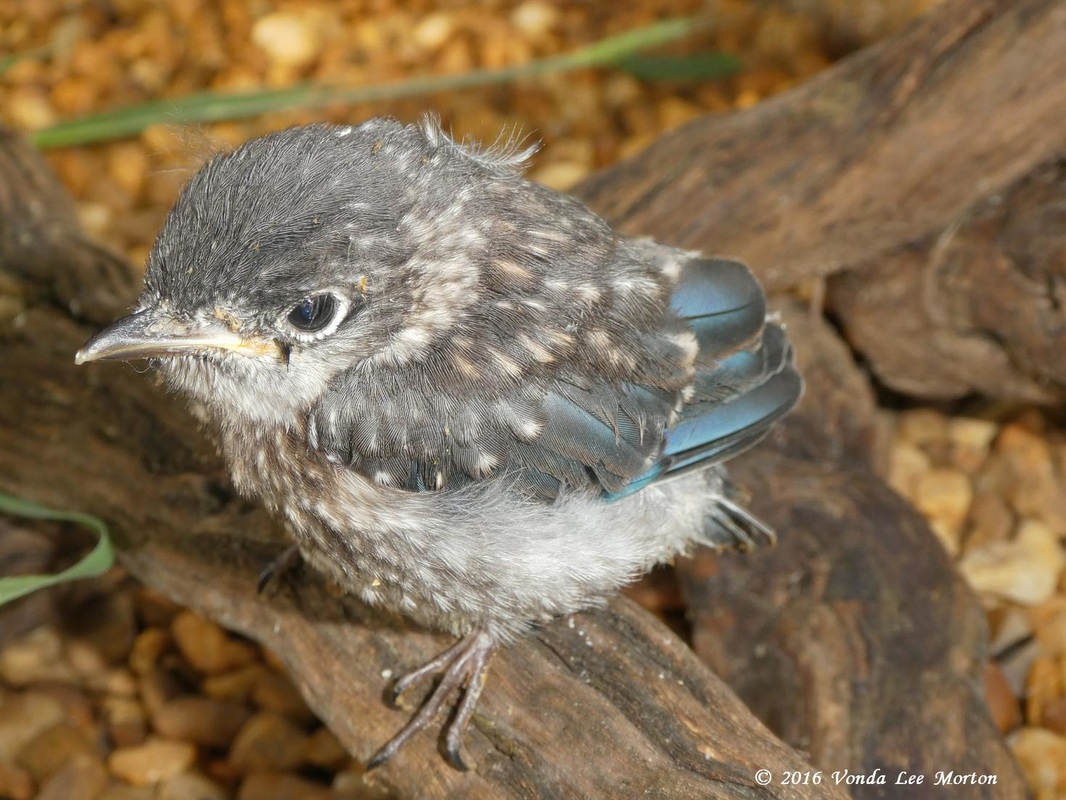
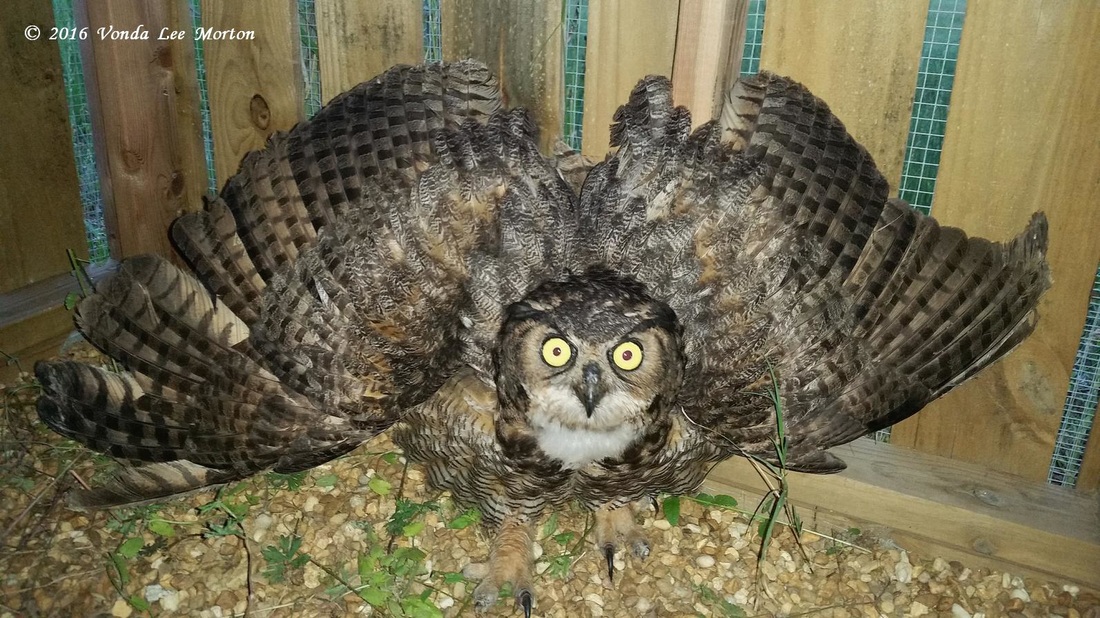
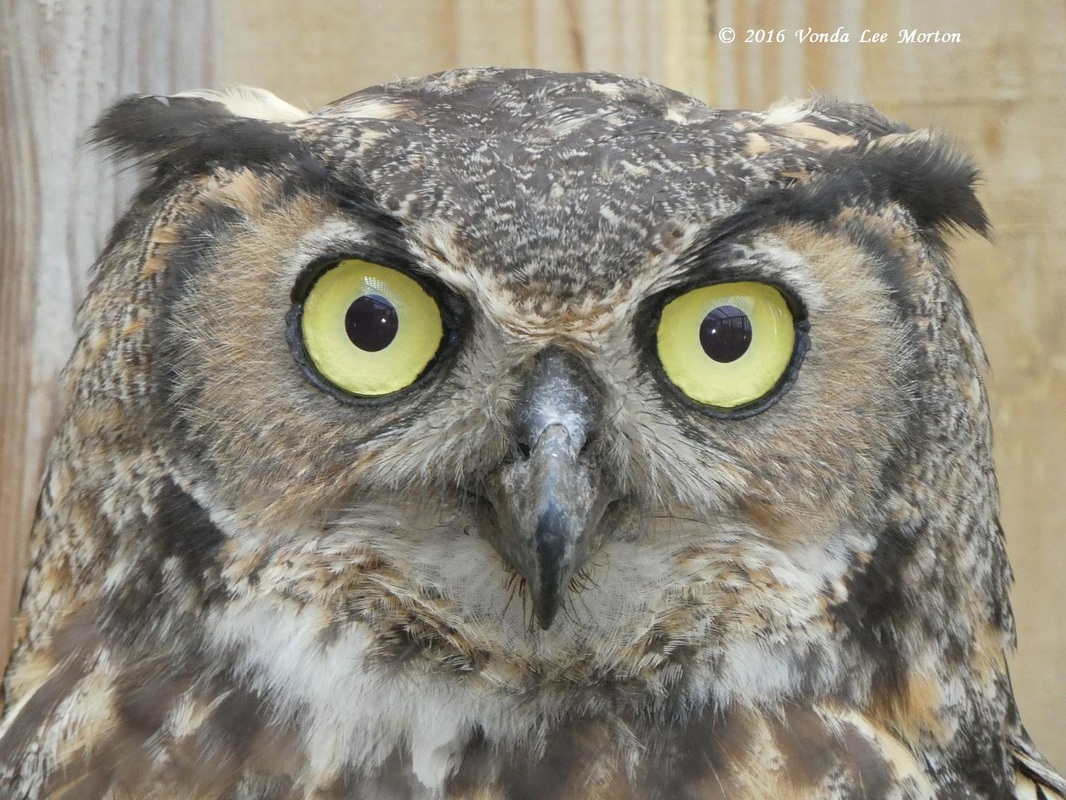
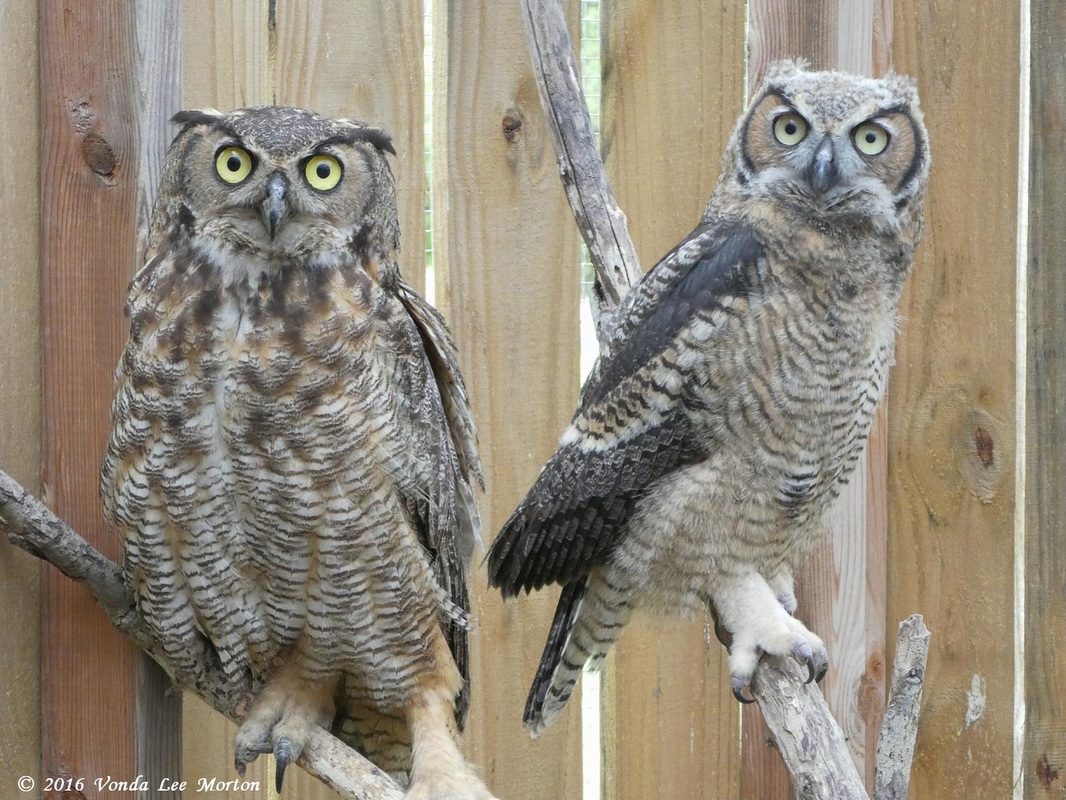
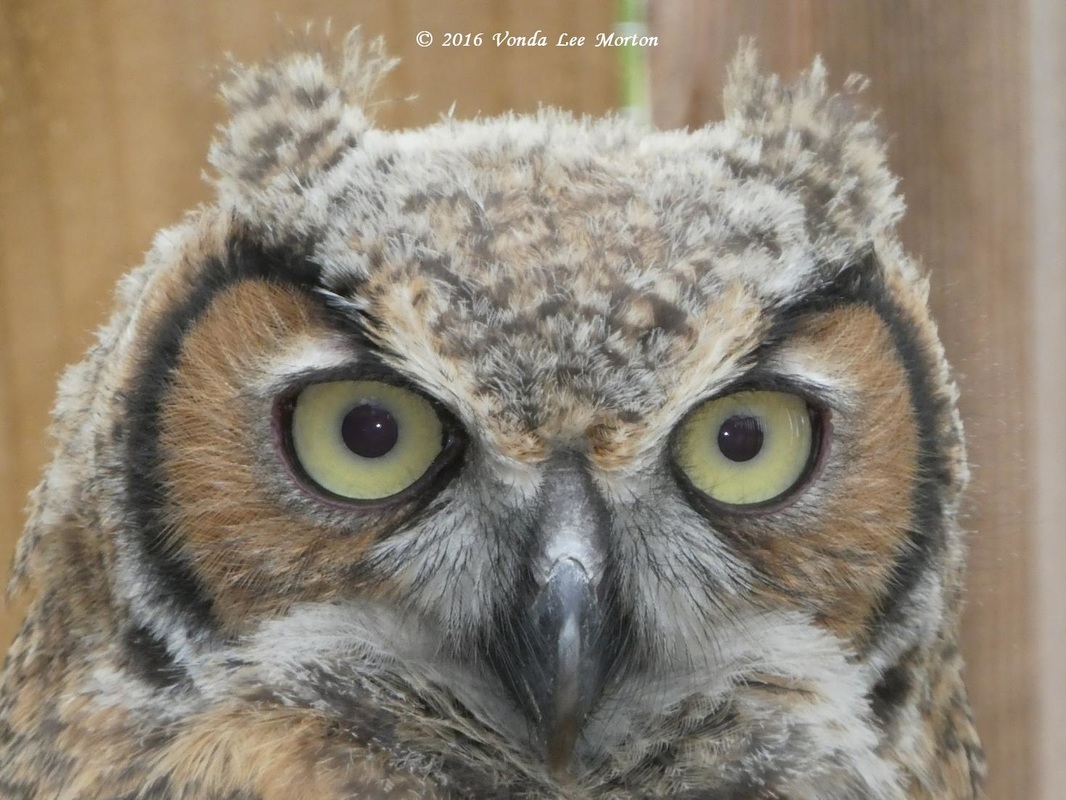
 RSS Feed
RSS Feed
